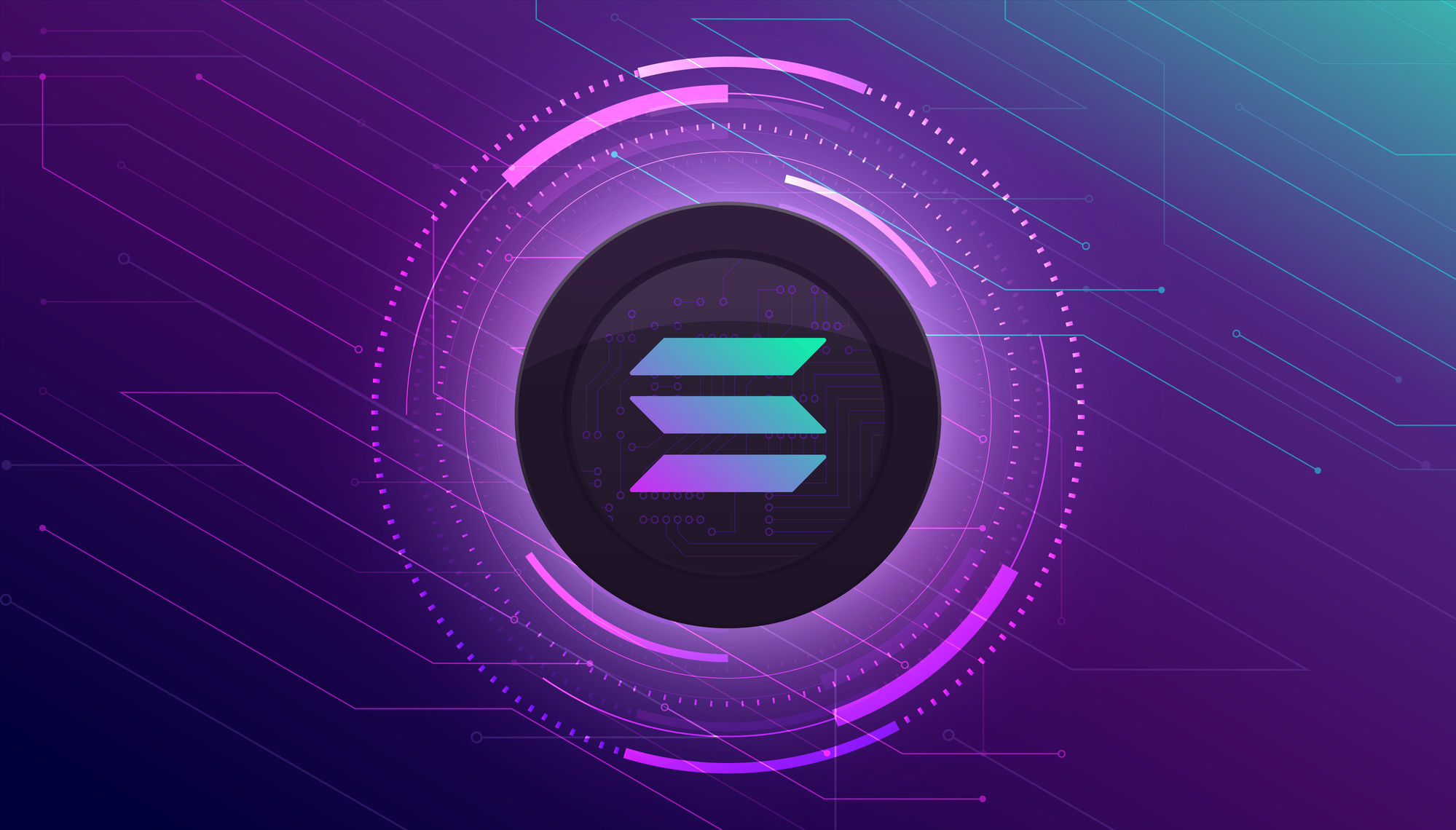- The user had to either reduce their position or increase the amount of collateral available
- Binance delivered a message to the account on Solend’s behalf
- When collateral falls too much, Solend’s smart contracts automatically dispatch sell orders
Solana’s leading DeFi protocol Solend faced liquidation over a multimillion-dollar margin call, to which no one responded, CoinDesk wrote.
Last week, the protocol’s biggest single user was completely absent and on the verge of liquidation. The whale’s wallet balance was $107 million in USDC borrowed against $170 million in Solana’s SOL as collateral.
On the verge of on-chain liquidation
Developers tried to contact the account and inform the anonymous user of the impending danger. They tried Twitter and Reddit, all to no avail.
The user had to either reduce their position or increase the amount of collateral available to prevent a disastrous on-chain liquidation that threatened the very existence of Solend itself, and maybe even of Solana.
It takes a giant
Ultimately, the world’s biggest crypto exchange Binance woke the whale according to Rooter, Solend’s pseudonymous co-founder. Binance delivered a message to the account on Solend’s behalf. The user emailed Rooter:
I’m sorry that this issue has caused concern in the Solana community and with the Solana team. There are no hard feelings.
Thereafter, the large user started to redistribute Solend bets into Mango Markets and other Solana DeFi organizations, ultimately ending the crisis without any liquidation. Solana’s SOL’s price also recovered.
Why did this happen?
Solend did not have any limits on the size of its borrowers. As a result, this single huge user accounted for most of Solend’s SOL collateral and loans in USDC. If the price of SOL dropped too much, the collateral was at risk of liquidation.
When collateral falls too much, Solend’s smart contracts automatically dispatch sell orders. The protocol was sure to bear the bulk of the damage, including disappointed users, an empty treasury, and bad debt. According to Rooter, there would be the following consequences to deal with:
It’s basically over for us and our users will lose a ton of money.












